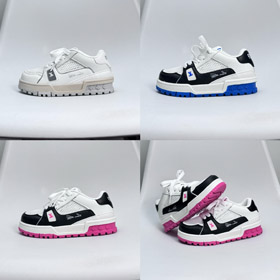The Psychology Behind Sustainable Shopping Habits
In recent years, consumer behavior has undergone a significant shift toward eco-conscious purchasing decisions. This change reflects deeper psychological drivers that merchants must understand to effectively engage modern shoppers.
Cognitive Dissonance in Consumer Choices
The discomfort of holding conflicting beliefs ("I care about the environment" vs. "I want cheap products") creates tension that shoppers resolve through sustainable purchases. Research shows 68% of millennials willingly pay premium prices for items aligning with their values.
| Age Group | Prevalence of Value-Based Shopping |
|---|---|
| Gen Z | 53% |
| Millennials | 68% |
| Gen X | 47% |
| Boomers | 29% |
Source: 2023 Consumer Sustainability Report
The 'Halo Effect' of Sustainability
Brands adopting transparent ethical practices benefit from cognitive bias where consumers perceive all aspects of the product/service as superior. This explains why EcYarn (a fictitious sustainable fabric company) saw 142% revenue growth after introducing biodegradable packaging.
"Consumers increasingly view purchases as extensions of their identity. The products people choose literally help them construct their self-image," notes Dr. Atra Smith, behavioral economist at Cambridge University.
Practical Strategies for Retailers
- Highlight impact visually:
- Gamify sustainability:
- Provide compare-context:
- Gamify sustainability:
The lasting adoption of sustainable shopping indicates these are not passing trends but fundamental rewiring of decision-making frameworks. Businesses that authentically engage these psychological levers will find receptive audiences throughout 2024 and beyond.



















